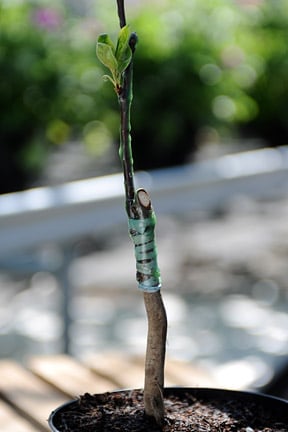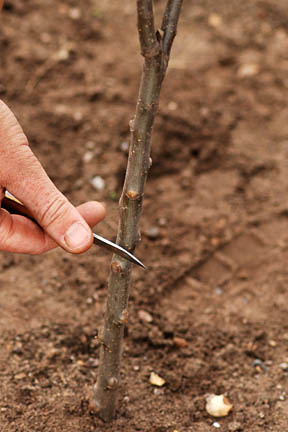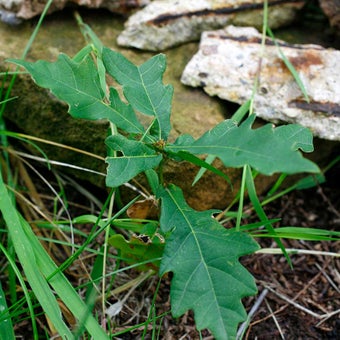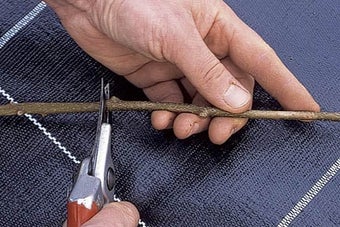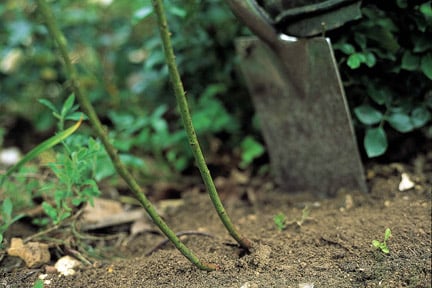
Quick facts
Suitable for - All suckering plants
Timing - Spring
Difficulty - Easy to moderate
Suitable for...
This propagation method is suitable for any non-grafted plants that send up new shoots or suckers from their roots.
Grafted plants are not suitable for this method of propagation, as suckers from grafted plants will be of the rootstock not the named . Suckers from the rootstock do not resemble the cultivar. They can occasionally be useful as rootstocks for and budding.
Links
Grafting ornamental plants and fruit trees
Chip budding
T budding
When to propagate using suckers
Spring is the best time to propagate using suckers, as this is when plants are coming into active growth and the severed suckers will establish themselves quickly.
How to propagate using suckers
- Loosen the soil around the with a fork, and then carefully expose and lift the sucker and associated roots, being careful not to disturb the parent plant.
- Using sharp secateurs or a knife, sever the sucker, making sure that it has fibrous roots on the detached portion. Replace and firm the soil around the parent plant.
- Trim the sucker by removing the main root or stolon (creeping underground stem) up to the fibrous roots.
- Reduce long, leafy shoots by about half to limit drying out of the sucker after planting and to promote bushy re-growth.
- Plant the sucker into fertile, free-draining soil enriched with organic matter such as well-rotted garden , manure or leafmould. If potting up the sucker, multipurpose compost is fine to use.
- Water well after firming the soil around the roots. The roots are usually insufficient to sustain the plant without careful watering for the first season.
Problems
Establishment is usually the main problem. Very careful watering is needed for the first season as the roots of the suckers are not well developed.
